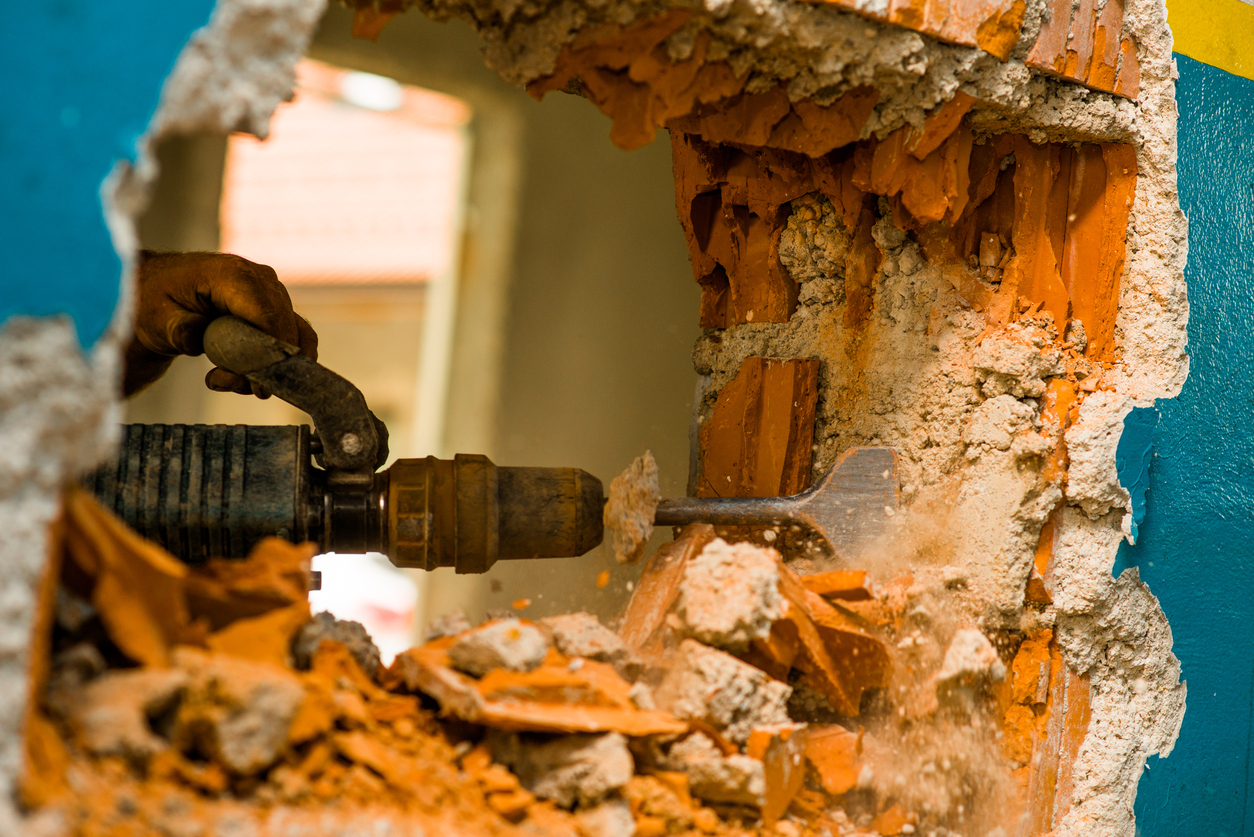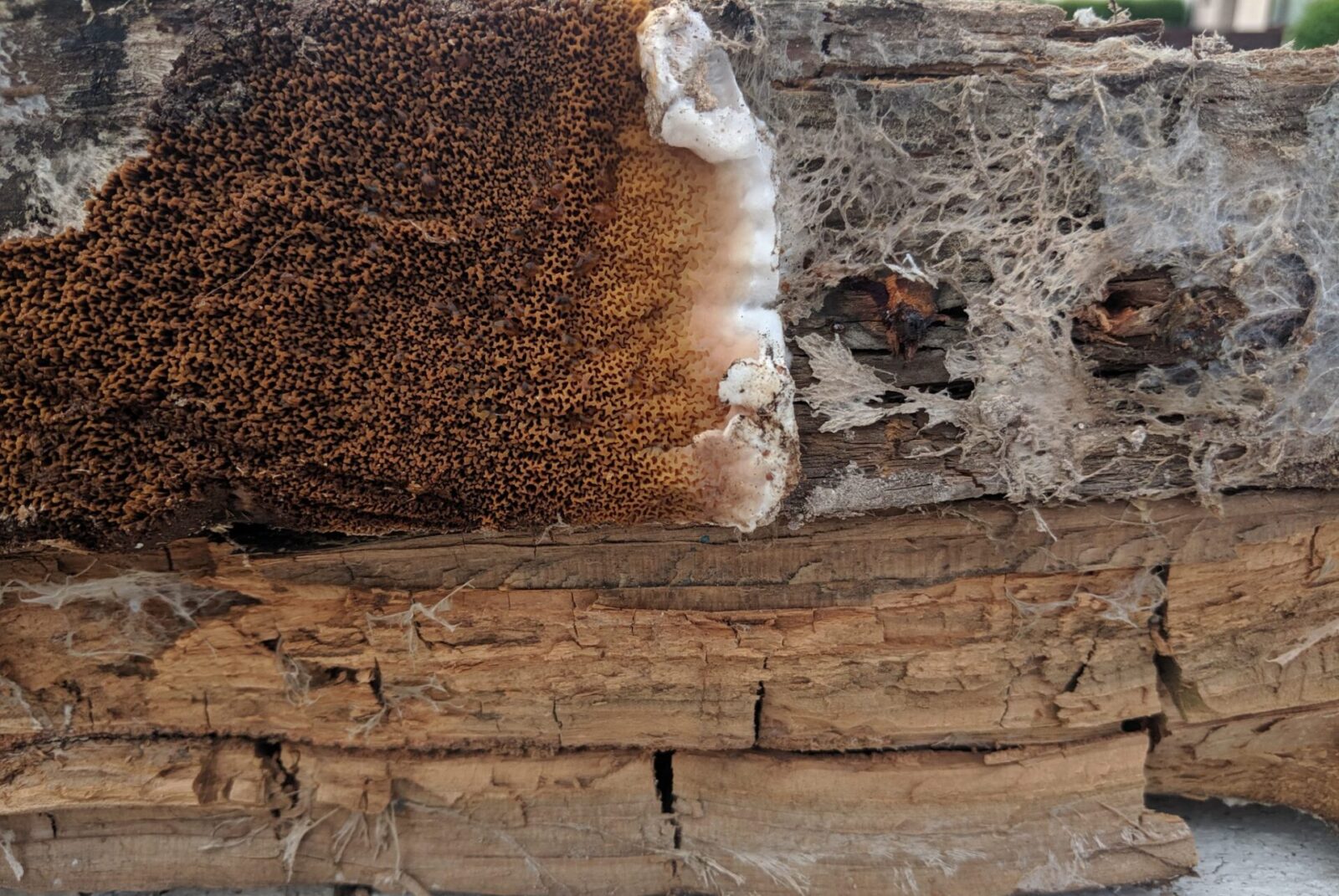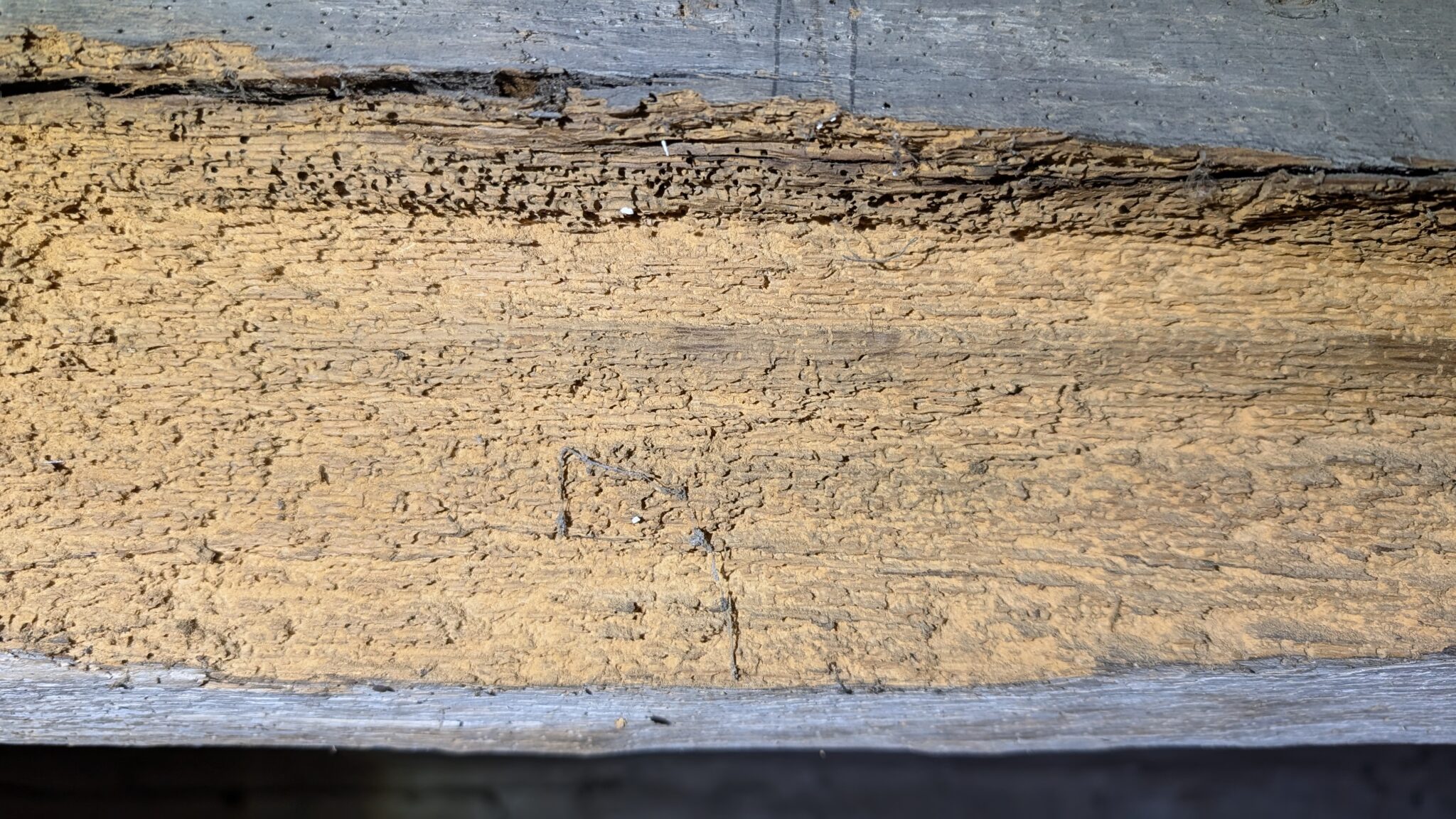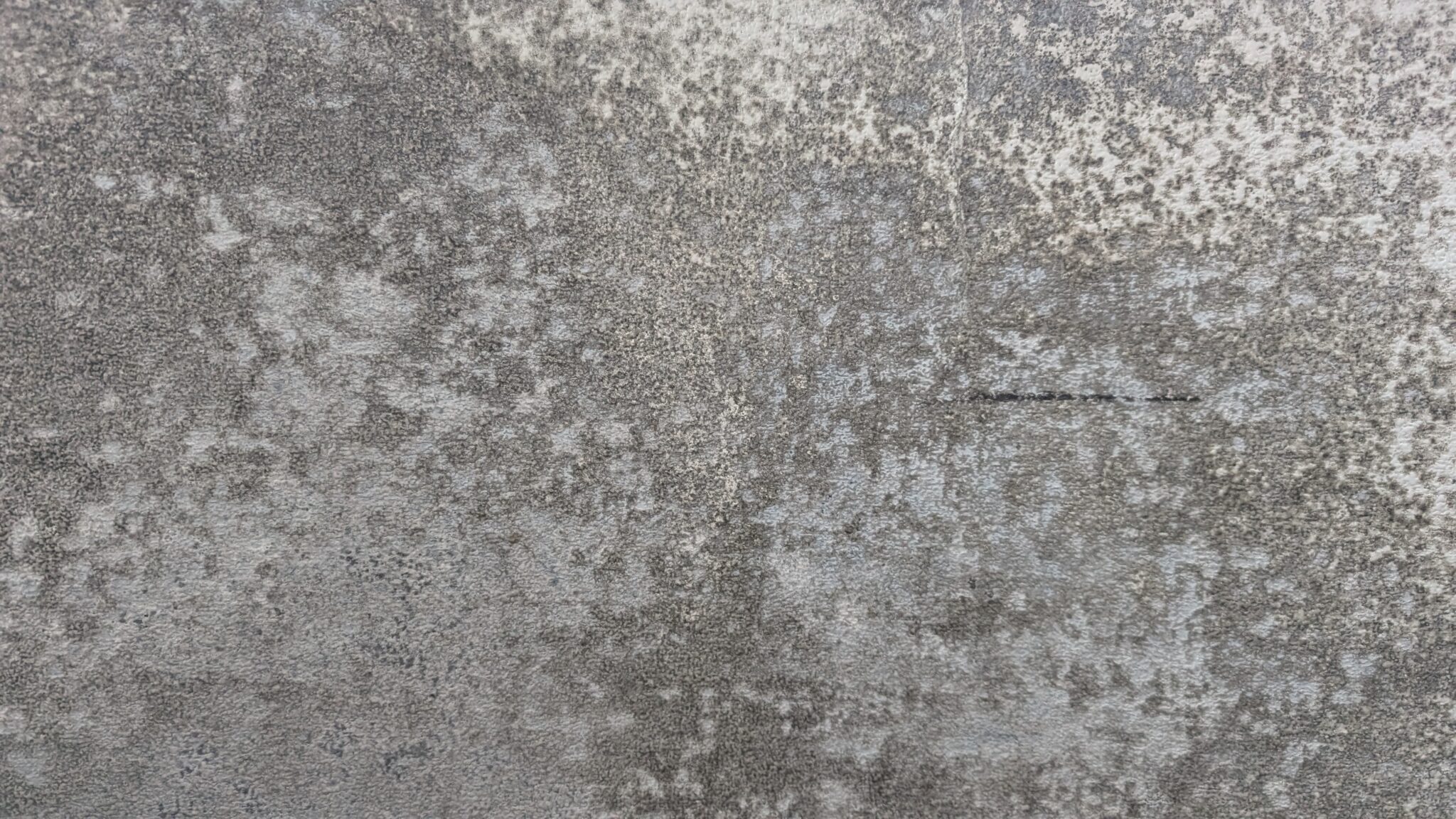How To Stop Condensation
 How To Stop Condensation
How To Stop Condensation
Condensation is a common problem in most homes in the UK. If it happens every day and is not fixed, it can cause mould and dampness. Luckily, there are effective ways to manage and prevent condensation.
This page will explain what causes condensation, suggest ways to get rid of it, and offer ways to stop condensation. We will also look at long-term solutions to help stop this issue for good.
What Causes Condensation?
Condensation is water that collects on cold hard surfaces when warm air touches them. It commonly happens in winter on surfaces such as windows, doors and walls, and unventilated spaces, such as built-in wardrobes and cupboards.
Condensation can also form in rooms with high humidity, such as the kitchen and bathroom.
Why do I Get Condensation on my Windows?
Condensation forms on windows when warm air from inside hits the cold glass. When this happens, the air reaches its ‘dew point’, where the moisture held in the warm air condenses and turns into visible water droplets.
Condensation on windows typically happens in winter because low outdoor temperatures make the windowpane colder, and heating makes the inside air warmer.
Condensation on Single-glazed Windows
You’ll also find that condensation on windows is more likely to affect single-glazed windows than double-glazed ones. This is because double-glazed windows have an air gap between the two panes of glass, which acts as a thermal barrier against the cold. This means the inside windowpane stays closer to the indoor temperature. So, when warm air indoors touches the windowpane, it doesn’t reach its dew point.
Single glazing doesn’t have this thermal barrier, which means the window surface will get a lot colder than the inside pane of a double-glazed window. This makes condensation more likely.
Condensation Due to Increased Humidity Levels
Window vacuums are a quick solution to condensation on the inside of windows. Another reason windows get condensation is increased moisture levels in the air due to household activities. These include showering and bathing, cooking, drying clothes indoors and breathing. Two adults sleeping, for example, can expire up to half a litre of water, which is why bedrooms often have condensation on the windows in the morning. Plant pots and flowers in the home can also add to moisture levels. Warm air holds more moisture, so condensation from these activities is much higher.
Window vacuum – click here.
Condensation on New Windows or Between Double Glazed Windowpane
Double glazed window panes are sealed units, and there should be no way air can get between the two panes of glass. So, if you find condensation between the panes of glass, then the seals have failed, and the windows need to be replaced. If the windows are new, they should be covered by a manufacturer’s warranty.
Condensation on the outside of windows
During summer, condensation can appear on the outside of windows early in the morning. This is due to humid outdoor air warming up quickly and touching the windowpane that’s still cold. This type of condensation is nothing to worry about, and it will clear on its own.
How Condensation Damages Windows
Leaving condensation on windows can damage both uPVC and wooden frames over time.
uPVC windows are sturdy, but when the seals keep going from wet to dry due to sunlight, they can crack. This leads to foggy glass between the panes and reduces insulation.
Wooden window frames can also suffer. The wood may dry out and crack, causing paint and varnish to peel. Over time, the frames will deteriorate and need replacement.
Both types of windows can develop mould and limescale buildup if condensation is not managed properly.
Which Windows Are Most Susceptible to Condensation?
Condensation on windows usually happens in rooms with:
– Poor or no airflow
– High humidity (like bathrooms and kitchens)
– Rooms with clothes drying in
– People sleeping in them (as breathing adds warmth)
Why Do I Get damp and Mould on my walls?
Mould and damp occur when there is too much moisture in the air that can’t escape. This moisture comes from condensation on surfaces or steam from showers, cooking, or drying clothes.
Dampness on walls can also come from problems with the building, such as a leaky roof, defective gutters, or plumbing defects. If a damp surface stays wet for more than 24 hours, mould and mildew can grow.
To avoid mould and damp on your walls, you should have a mould surveyor carry out a damp survey for you. the surveyor will inspect the problem and tell you what needs to be done.
—————————————————————————————-
How to Stop Condensation on Windows
- Open windows in bedrooms at night
The warm air people breathe out while sleeping increases humidity. There’s nowhere for the moist air to go when windows are closed, so it turns into condensation. Opening the window allows the warm air to escape instead. - Keep curtains open in bedrooms at night
Closed curtains are great draught excluders, but they also prevent the windowpane from being warmed up by central heating. This makes the glass colder than it could be, therefore causing condensation. Keeping curtains open at night means the glass temperature will stay closer to the room temperature so condensation won’t form. If it’s not practical to keep curtains open, changing them to thinner curtains will still make a difference. - Open windows in bathrooms when showering or bathing
Showering and bathing create a considerable amount of steam in a short space of time, so condensation is inevitable. Opening the window will allow the steam to escape quickly. The wider it is opened, the better. It may be necessary to keep the window open for some time after, too, to ensure all the moist air has escaped. And close the internal bathroom door to prevent steam from escaping into the home instead. - Open windows in kitchens when cooking
Cooking, boiling pans and using the kettle create a lot of steam in a kitchen. As do activities such as washing up, clothes washing and using a tumble dryer. Opening windows wide whilst doing these activities will provide ventilation and allow the warm air to escape rather than cause condensation on the window. - Dry clothes outside
As they dry, wet clothes placed on an airer or radiator release moisture into the air, raising the humidity and causing condensation. Preferably, clothes should be dried outside. But if that’s not possible due to the weather, open windows to allow the air to escape. Also, try to dry clothes in a room with plenty of windows to allow sunlight to dry them quickly. - Keep heating on constantly at a low temperature
Extreme and frequent rises and drops in temperature exacerbate condensation problems. First, the decrease in temperature when the heating goes off makes windows cold. Then the sudden rise when the heating comes on warms the air quickly, but not the glass, so condensation forms. Keeping the heating on constantly but at a lower temperature stops the glass from getting as cold and helps to prevent condensation from forming. - Replace windows with condensation between the panes
Double-glazed windows will never have condensation trapped between the two panes of glass unless they are faulty. If this happens, then the windows will need to be replaced. - Fix damp problems
Excessive condensation can cause damp, but not all damp is caused by condensation. Damp can also be caused by structural problems, which we cover in more detail later in this guide. Damp increases humidity and therefore increases the chance of condensation forming on windows. So, fixing the dampness problem will also stop condensation on windows.
How to Remove Moisture From Walls
Condensation doesn’t just affect windows. It will form on any cold surface, including walls. And if the wall is left damp for too long, mould can grow, so it must be removed as quickly as possible.
Use one of these three methods to remove moisture from walls:
- Ventilate the room daily to allow moisture to evaporate by opening the windows wide for 20 minutes
- Use a dehumidifier to draw out and capture the moisture
- Use anti-condensation paint on the walls to add an extra layer of insulation and prevent condensation from building up
How to Stop Condensation
Condensation in the home can be stopped by reducing humidity and increasing ventilation. Less humidity in the air means less water vapour to turn into condensation. Increased ventilation provides a way for water in the air to escape.
How to Get Rid of Mould
Damp surfaces provide ideal conditions for mould and mildew to grow, and mould can cause serious health problems. So, it’s vital to get rid of mould and stop it from coming back.
To stop mould:
- Prevent walls from getting damp by opening windows or turning on an extractor fan when showering or bathing
- Dry damp walls using a towel within 24 hours to prevent mould from growing
- Clean, disinfect and dry surfaces prone to mould growth
How to Stop Mould Coming Back
To stop mould from coming back, you must remove all traces of mould growth and spores that linger in the air:
- Remove mould by washing it away with ready to use mould and mildew spray or a mix of one part bleach to four parts water
- Dry all surfaces after washing
- Disinfect wooden surfaces
- Replace cardboard storage boxes to get rid of any remaining mould spores
- Throw away soft items that are mouldy and can’t be washed
- Shampoo soft furnishings
- Vacuum
How to Get Rid of Damp
Condensation is one of the most common causes of damp in a home. But it’s not the only cause. Damp can also be caused by structural problems such as penetrating rain on an exposed wall, failed damp-proof course, overflowing gutters, a leaking roof, and plumbing problems.
Signs of damp in a home are damp patches on walls, flaking plaster, peeling wallpaper and mould growth. You may also notice a distinct, musty, damp smell. Here’s our advice to remove this odour.
Discover how to get rid of that damp smell:
- Ensure all traces of mould and mildew are washed away (as described in the section above)
- Try washing musty smelling soft furnishings in the washing machine with some white vinegar added to the usual detergent
- Throw away items affected by mould if they can’t be cleaned
- Get the air circulating in the home – open windows and use fans to blow fresh air through and stale air out
- Put some charcoal or cat litter in a jar next to an area affected by damp to soak up the damp smell
- Boil some lemons, then leave them in the musty smelling room to cool off
Once you’ve got rid of the musty smell, stop it from coming back by getting rid of all damp.
- Regularly clear condensation from windows with a towel or window vac
- Use a dehumidifier to draw out and capture moisture
- Open windows for 20 minutes every day
- Increase ventilation (see the air ventilation improvements section below)
- Keep the house warm, so surfaces don’t get cold and attract condensation
How Does a Dehumidifier Work?
A dehumidifier is an air conditioning unit that removes humidity from the air to prevent the build-up of condensation and damp.
There are two types of dehumidifiers:
- Refrigerant dehumidifier
A refrigerant dehumidifier works by drawing air through a filter and over cold coils. Water condenses on the coils and drips into a water tank. This type of dehumidifier needs the air to be warm to work, so it’s best suited for use in heated rooms. - Desiccant dehumidifier
A desiccant dehumidifier extracts water from the air using an absorbent material. The material is heated to turn the moist air into water, which then drips into a water tank. This type of dehumidifier is best suited to cold, unheated rooms. - Are dehumidifiers good for damp?
Dehumidifiers vastly improve damp and condensation problems in a home because they reduce moisture levels. They’re most useful in rooms where there’s a lot of humidity. For example, a kitchen or bathroom. A room where clothes are dried. Or in a bedroom where condensation builds up from the heat caused by breathing.
Watch our video to see how the WDH 16L dehumidifier works:
https://www.youtube.com/watch?v=DMopw45GbiQ
Air Ventilation Improvements
Removing condensation as quickly as possible is a good way to reduce the risk of damp and mould forming. But it’s better to prevent condensation in the first place. And the best way to do this is by using products designed to improve ventilation as follows:
- Ventilation building materials
Ventilation building materials are devices that are installed into walls, windows or roofs. They improve ventilation by allowing air to flow through them in both directions so the building can breathe and moisture can escape. Several types of ventilation building materials are available, such as air bricks, air vents, roof ventilation tiles, ventilated soffits and window vents. - Heating and insulationThe frequent rises and drops in temperature caused by central heating being switched on and off contribute to condensation forming. This is further exacerbated in a home with poor insulation because the temperature difference is more dramatic. Also, the colder a surface is, the more likely it is that condensation will form on it. Improving insulation adds overall warmth to a home and prevents extreme temperature changes. It also helps to keep surfaces warmer. So, cavity wall insulation, for example, stops cold spots on walls. And loft insulation prevents the ceiling from being cold.
- Bathroom ventilation
Bathrooms are the most humid rooms in a home. One of the simplest ways to reduce condensation is to open a window when showering or bathing. But this doesn’t stop condensation entirely and isn’t practical during the winter. So, to increase ventilation, install an extractor fan. For best results, leave the fan running for an hour after the shower or bath, and close the internal bathroom door to prevent moisture from escaping into the home. - Kitchen ventilation
Kitchens are also humid rooms due to the steam created when cooking. Open the windows when cooking to allow steam to escape to improve ventilation. You can also install an extractor fan above the hob or stove which will draw the moisture out of the air as it’s created. Keeping the lids on saucepans also helps to reduce the steam escaping so much. And if there is a vented tumble dryer in the kitchen, ensure it’s adequately vented to the outside.
Long Term Condensation Solutions
If damp and mould caused by condensation become a big problem, it’s worth investing in some long-term solutions to stop it from coming back.
Long-term solutions include improving ventilation and insulation, as described in the section above. Upgrading single-glazed windows to double-glazing. And installing extractor fans in the kitchen and bathroom.
FAQs on Condensation & Ventilation
Does opening a window help with condensation?
Yes, opening a window prevents condensation because it increases ventilation. Ventilation stops condensation from forming because it allows moist air to escape out of the window rather than condense on cold surfaces.
How long does it take for a dehumidifier to dry out a room?
The length of time it takes for a dehumidifier to dry out a room varies depending on how damp the room is, the room size and the dehumidifier. But, as a general guide, it will take 3 days to a week to dry out a very damp room. Once dry, use a dehumidifier for around 2 hours per day to keep moisture levels low.
What is a good humidity level for your house?
A good humidity level for a house is between 30-50% of the maximum amount of moisture air can contain. This level makes a home feel comfortable and stops it from becoming a breeding ground for mould and mildew, which can negatively impact health.
Why does mould keep coming back?
The main reason mould keeps coming back is that the causes of mould haven’t been dealt with. Mould will grow on surfaces that have been damp for over 24 hours, so drying moist surfaces and ventilating rooms will prevent mould from forming. It’s also essential to remove all mould spores when cleaning, as mould spores travel through the air. So, clean all surfaces, not just the ones with visible mould.
Condensation Solutions
To help prevent condensation we use an internal insulation system.
Our “condensation prevention system” is an internal insulating system for walls suffering from condensation. This system allows walls with condensation to be insulated without costly alterations to skirting boards, windows, covings and radiators.
The insulating boards are only 12mm thick. These boards can typically improve the thermal resistance of solid brick walls by 40-45%. By changing the temperature of the walls suffering from condensation, in many cases, this is enough to prevent condensation. This condensation system also creates a more comfortable living environment and reducing energy bills.
Installation
Insulating boards are installed over the affected plaster and retain the character of your property. The flexible boards allow walls with awkward shapes and curves to be insulated. The boards can then be plastered using various base coat plasters to increase impact resistance or simply skimmed over.
Insulating a cold wall with our system can make an immediate difference. That unwelcoming room that smells of damp will be transformed into an inviting warm and cosy room. A warm room reduces the risk of that unsightly mould caused by condensation.
Controlling Condensation
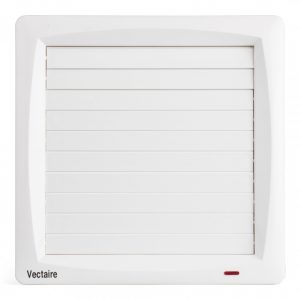 Along with insulating cold surfaces. To control condensation in a property you will need to install a humidistat fan in all the high humidity areas, places like the kitchen and bathroom.
Along with insulating cold surfaces. To control condensation in a property you will need to install a humidistat fan in all the high humidity areas, places like the kitchen and bathroom.
Installing a fan in the bathroom and kitchen will prevent the humidity that is created when taking a shower from flowing around the property.
So to stop condensation from occurring in your home you will need to install humidistat fans in the kitchens and bathrooms. Insulate cold outside walls. We also recommend opening windows and doors whilst drying clothes.

